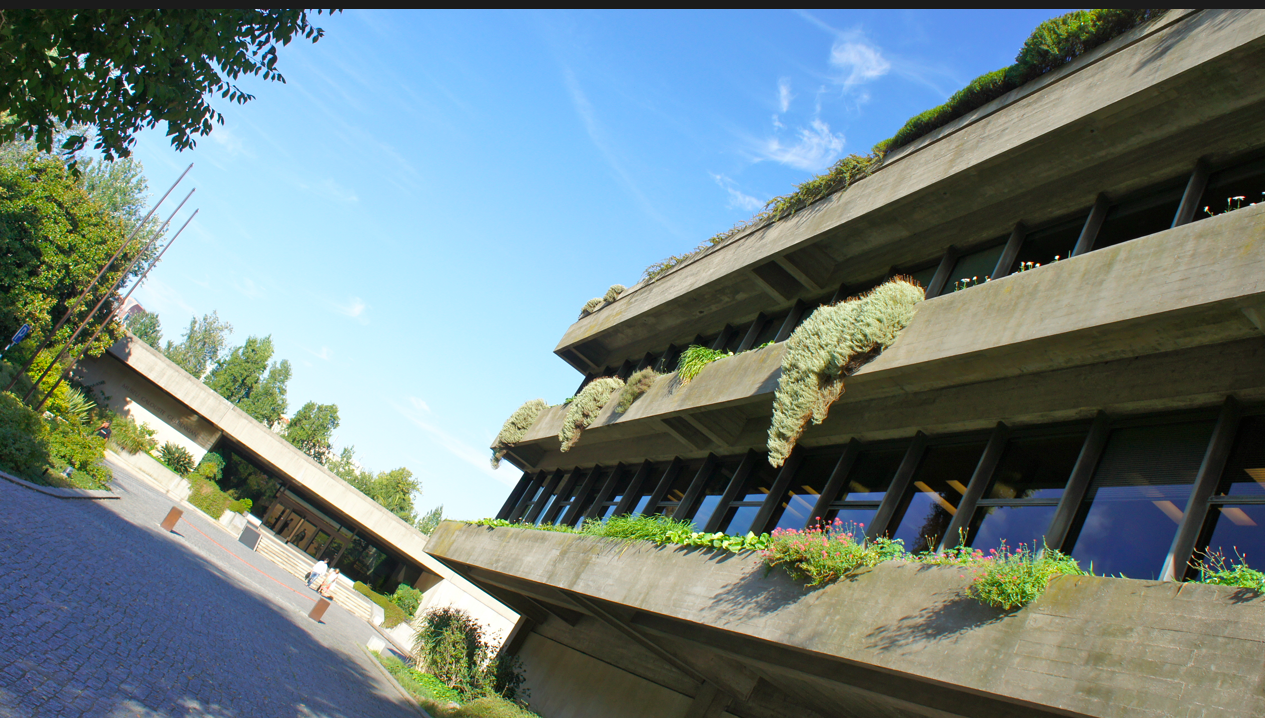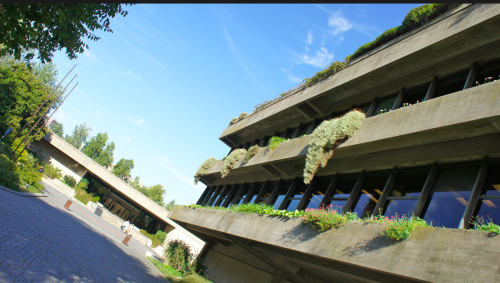Another paper here at the Nordichi conference, this time presented by my colleague Nicolai Brodersen Hansen: The Productive Role of Material Design Artefacts in Participatory Design Events.
Physical design artefacts are employed in a wide range of participatory design events, yet there are few comprehensive discussions of the properties and qualities of them in the literature of the field. In our work, we examine the productive role of material design artefacts in participatory design events. By productive, we refer to the ways in which participants in design events employ physical materials and artefacts to create momentum and move forward in the design process. We offer a theoretical foundation for understanding material artefacts in design, on the basis of pragmatist philosophy. Then, we employ this theoretical perspective to analyse a case in which a range of physical design materials was employed to envision and explore a future building, the Urban Mediaspace in Aarhus, Denmark. We use examples from this case to articulate a series of design considerations for employing material design artefacts in collaborative design events.
Hansen, N. B., Dalsgaard, P. (2012): “The Productive Role of Material Design Artefacts in Participatory Design Events”. In Proceedings of NordiCHI 2012, Copenhagen, Danmark.

